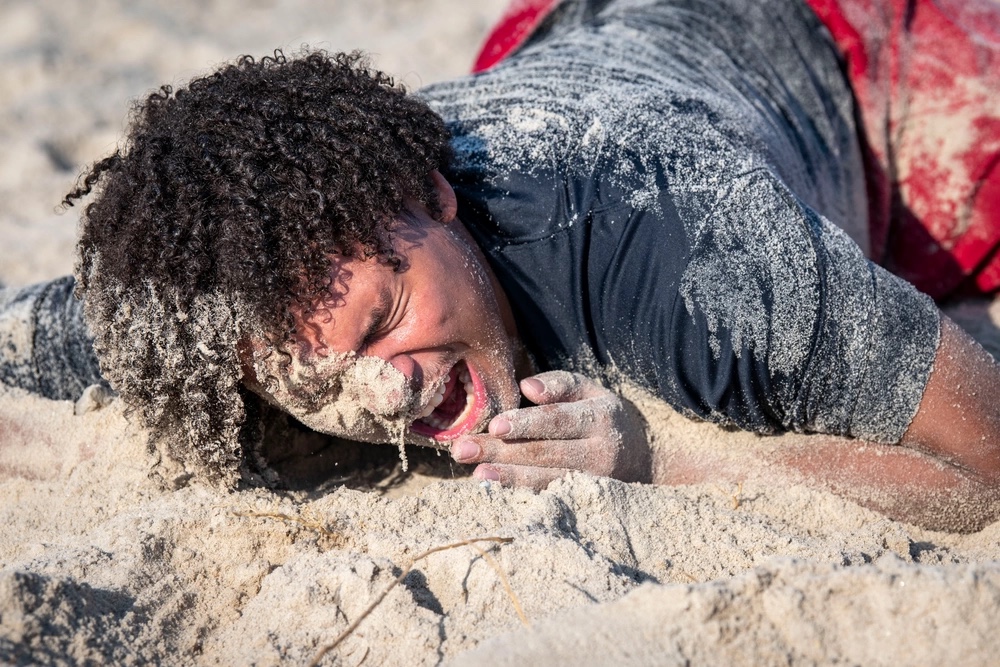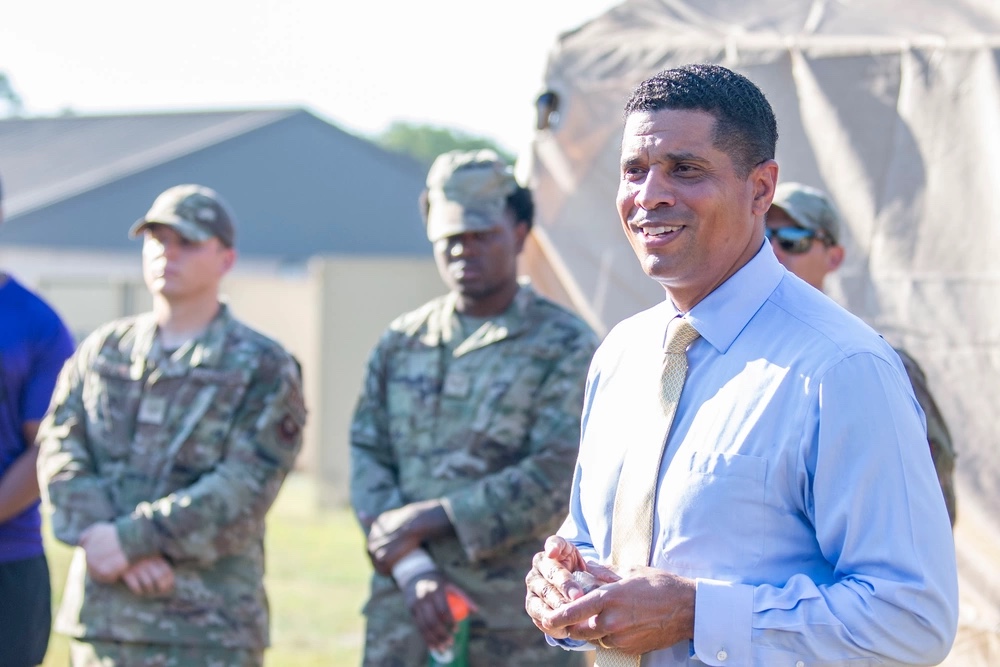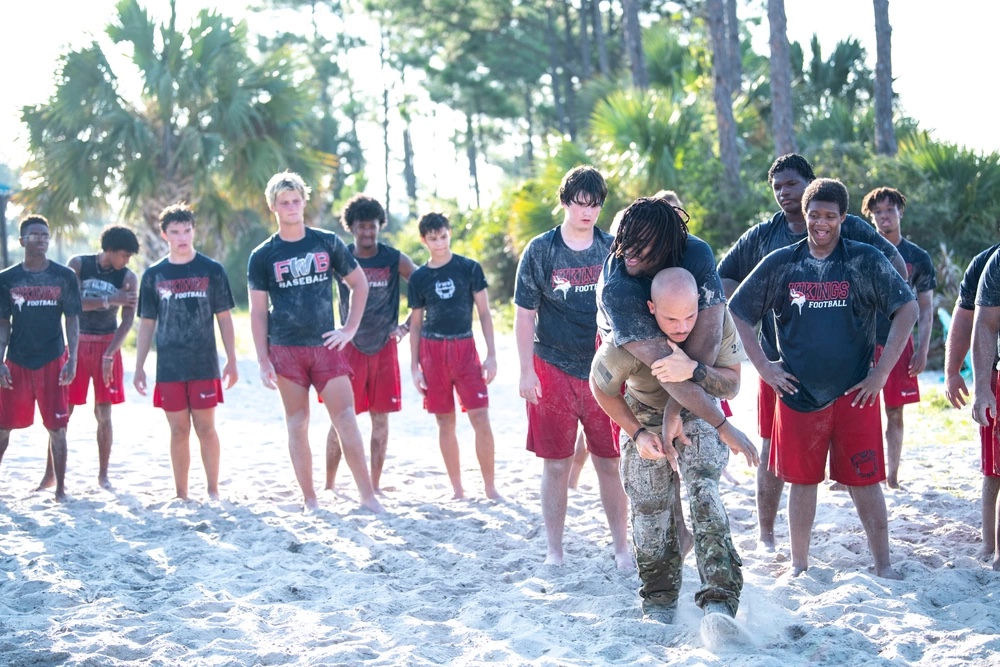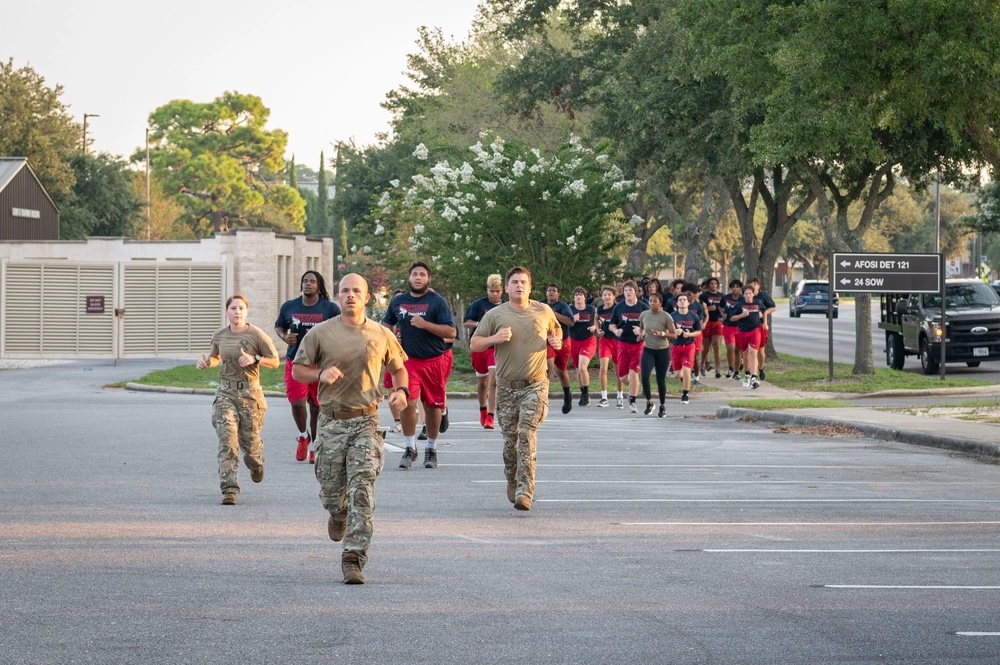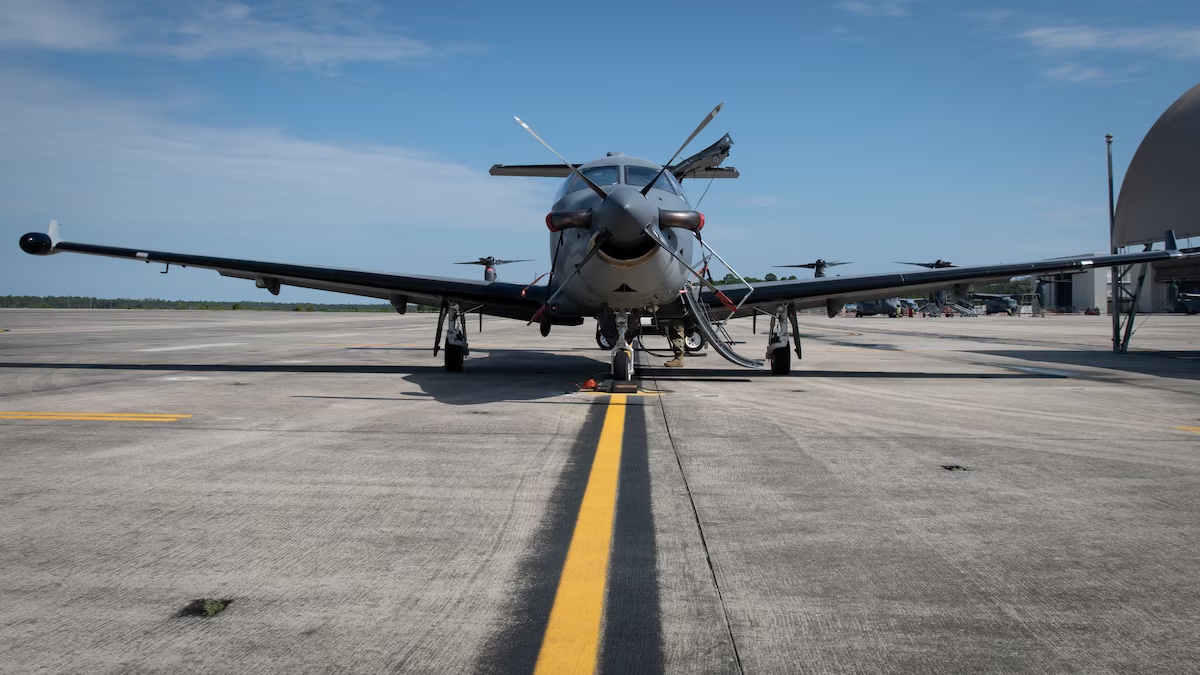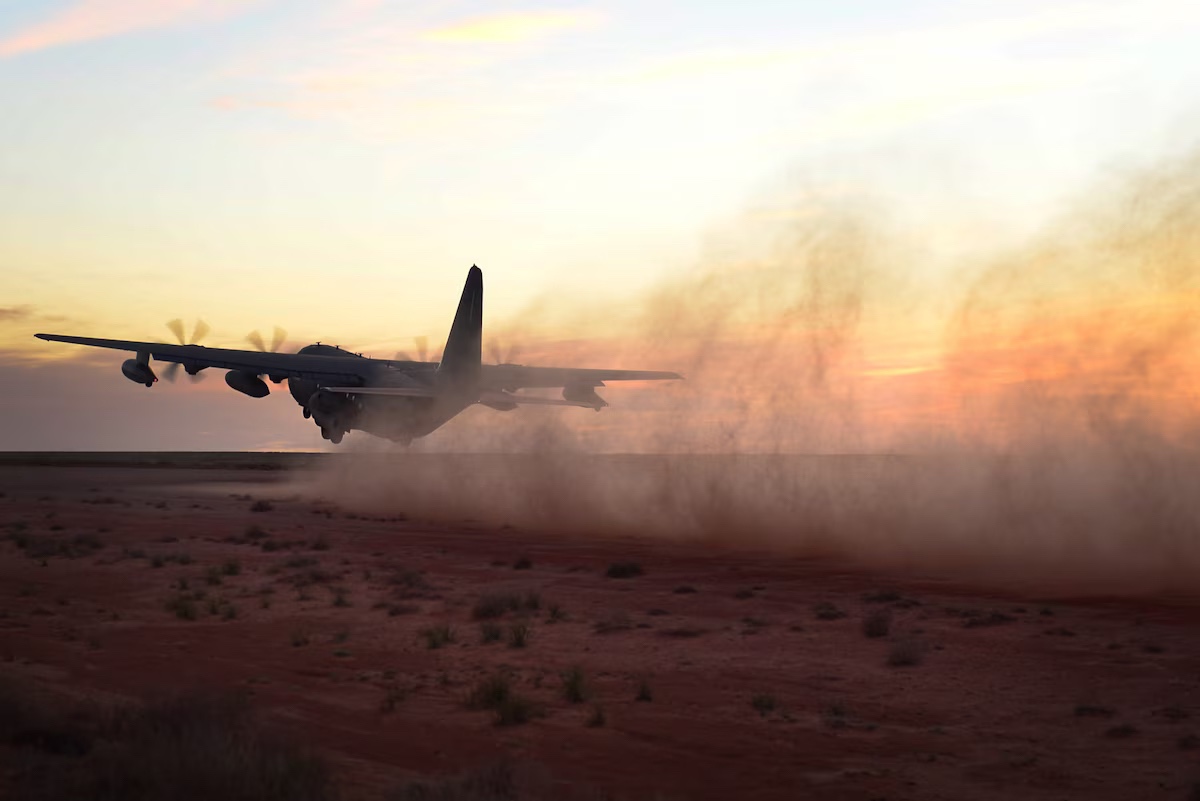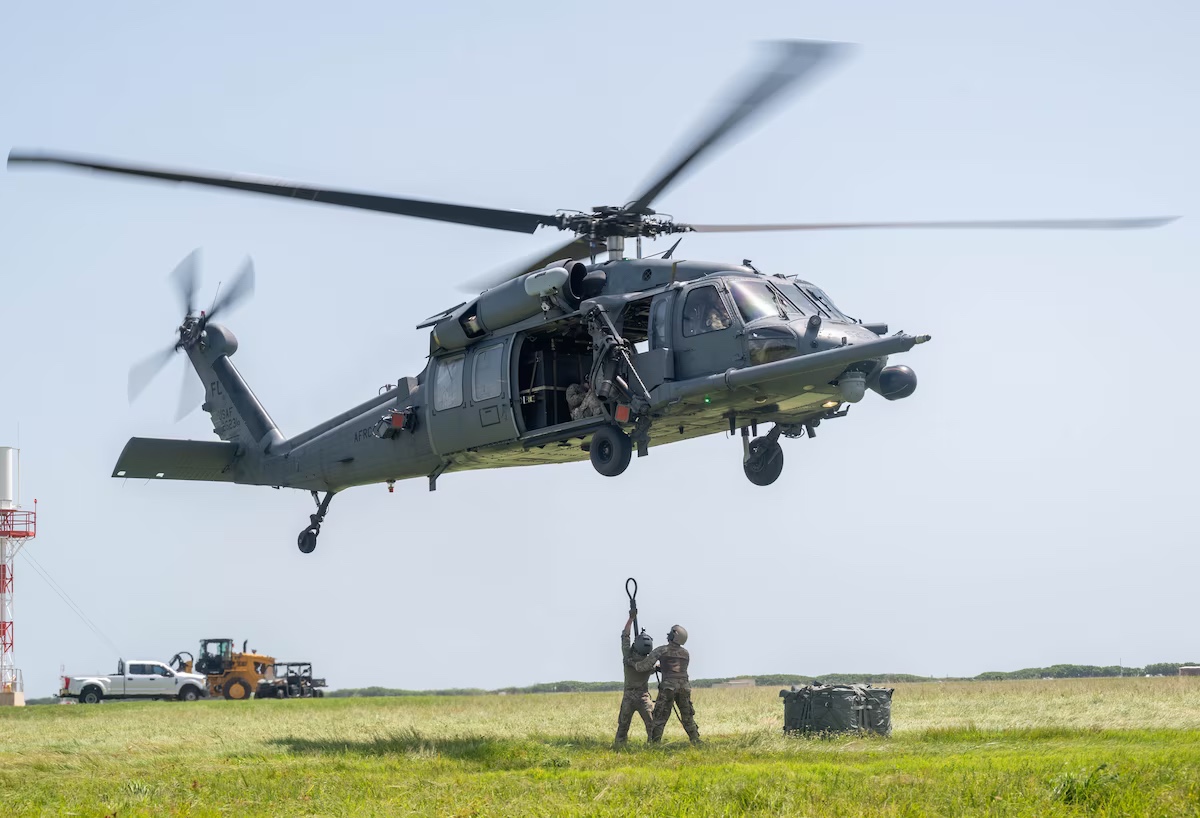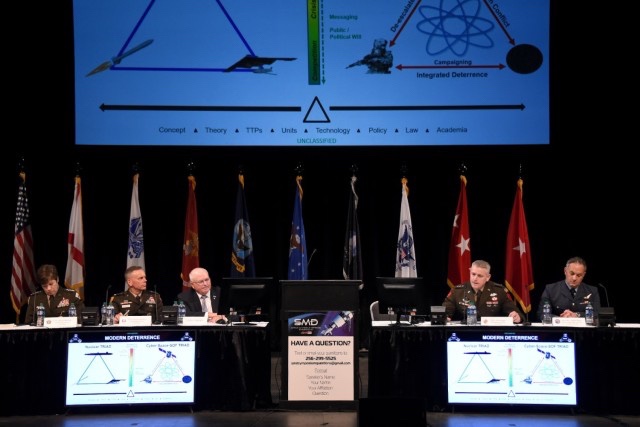
HUNTSVILLE, Ala. — Space, cyber and special operations leaders said America and its allies continue to integrate capabilities in a triad intended to influence multi-domain and full-spectrum operations and provide the joint force with an enhanced capability to see, sense, stimulate, strike and assess across the spectrum.
The triad panel members: Lt. Gen. Daniel L. Karbler, commanding general of U.S. Army Space and Missile Defense Command; Lt. Gen. Maria B. Barrett, commanding general of U.S. Army Cyber Command; Lt. Gen. Jon Braga, commanding general of U.S. Army Special Operations Command; and United Kingdom Royal Air Force Air Commodore Adam Bone, U.K. Space Command director of operations, plans and training; participated on a panel discussing the triad during the 26th annual Space and Missile Defense Symposium at the Von Braun Center in Huntsville on Aug. 8.
“The combined use of space, cyber and special operations force capabilities provides other options to commanders that are less likely to cause escalation,” Karbler said. “When you look at what the triad demonstrates in its ability to integrate and synchronize space, cyber and SOF capabilities at the most effective, tactical echelon and then expand options for creative venues to exploit, that is what commanders and joint forces are looking for.”
Karbler said USASMDC is the Army’s force modernization proponent and operational integrator for global space, missile defense and high-altitude capabilities, and that space capabilities enable land operations in multiple ways in the same way that land capabilities enable space operations.
“We have explored countless opportunities and taken advantage of different exercises that all of us have gone arm-in-arm to demonstrate capabilities the triad brings,” Karbler said. “When you look at the complimentary, reinforcing nature of each capability and how they present multiple dilemmas for the enemy, the overall effect is greater than the sum of each individual effect.”
Bone said the UK is realistic about its current status as a military space power, creating the U.K.’s Space Command to help advance U.K. and allied equities in space.
“We are justifiably more confident of our established U.K. strengths in special forces, cyber and intelligence,” Bone said. “The obvious next steps are to leverage those strengths in the space domain. With that in mind, the innovation we see the U.S. Army leading is of significant interest.”
Bone said the U.K. Space Command recognizes the triad’s acknowledgment that the space domain provides a vital role in national defense. He added the U.K.’s capabilities across special forces and cyber domains are highly regarded by partners globally, and it is only rational to demonstrate ambition to leverage and support such potent resources in the space domain.
“By synchronizing effects, the layered output adds up to be greater than the sum of their parts — that’s what makes the triad concept so valuable,” Bone said. “And, it links neatly with the U.K. concept of multi domain integration. If space is recognized by the U.K. to be the most essential integrator, why wouldn’t we also want to make the most of those connections in mutual multi-domain support?”
Bone said in regard to U.K. Space Command’s connection with the U.S. Army, and in particular USASMDC, that there are synergies between the organizations, highlighting the scale, mindset and approach. He added that experimentation, innovation and operational integration are all second nature because of this.
“U.K. defense broadly understands the value of ‘space as an enabler,’ but we haven’t quite indoctrinated the joint force in the opportunity of ‘space as an effector’ in its own right,” Bone said. “The triad concept will act as a proving ground for this employment within a slightly smaller community of interest that has both the operational necessity and experience to drive this forward, particularly given the synergies between the space and cyber domains. In turn, we hope that the subsequent lessons and vignettes will help further the U.K. multi-domain integration concept — maximizing the value of the space domain within U.K. operations.”
These space, cyber and special operations experts said the synergy of these organizations help the joint force, Army and U.S. allies and partners to face the future. With space, special operations and cyber all possessing unique but independent capabilities, each component can rapidly gain intelligence and attack critical vulnerabilities.
Barrett said they are focused on synchronizing and converging each organization’s capabilities to create an effect and combining their unique capabilities and efforts to facilitate the use of these capabilities with either combatant commanders or their service commanders in the theaters.
She said the triad is a partnership that will help the Army and joint force commanders achieve information advantage. Barrett added the triad is more than an idea saying they are already coming up with solutions and tools together as a team.
“The triad brings an essential aspect of battlefield geometry that alone none of us can,” Barrett said. “We now have an understanding of what is happening in the competition’s space we previously did not have.
“We will never run out of challenges,” she added. “We have to provide the proof of concept that this works and that it’s worth the investment. Adaptation and innovation are imperative. We can see what the threat is and know we are going to have to do to adapt.”
Braga said during the last year, his command has started to change their organizational structures for tomorrow’s needs. He added they are integrating triad concepts into doctrine and exploring professional educational opportunities and the development of a new military occupational specialty to codify the focus and investment required to achieve success.
“Moving forward I would expect more adaption to technology,” Braga said. “Adaptation of technology and how you leverage them affects elements from SOF, space and cyber communities.
“Innovation is a mindset, and if not us, then who?” Braga asked. “Who is going to adapt the changing technology of all three legs of the triad? Who is going to embrace that technological change to their advantage the quickest and the fastest?”
Braga asked if space, cyber and SOF and its coalition partners were prepared to win if the country faces a high-end conflict.
“That is what’s before us,” Braga said. “Although the weight of that burden is not 100 percent on the legs of the triad, we certainly have a major role to play and an outsized ability to influence and prevent and contribute toward deterrence with this modern day triad.”
By Jason Cutshaw, USASMDC





